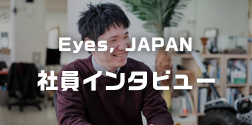Eyes, JAPAN
BioDesign: Bridging Healthcare Needs and Innovation
Veronica
At Eyes, JAPAN, we’re always exploring the intersection of technology and real-world problems. Today, we had the privilege of hosting a workshop on an approach that’s transforming healthcare innovation: BioDesign.
Together with visiting experts and researchers, our team spent the day exploring how systematic, human-centered design methodology can drive meaningful innovation in healthcare. The discussions ranged from theoretical foundations to practical applications, covering everything from medical device development to AI-powered health solutions.
What is BioDesign?
BioDesign is a systematic, human-centered approach to healthcare innovation that originated at Stanford University and has since spread globally, including here in Japan, through programs like Japan BioDesign. Unlike traditional technology development that starts with a solution looking for a problem, BioDesign flips the script entirely.
The process follows three core phases:
1. IDENTIFY – Immerse yourself in clinical settings to observe and identify unmet healthcare needs. This isn’t about asking doctors what they want; it’s about spending time in hospitals, clinics, and with patients to discover problems that even healthcare professionals might not articulate.
2. INVENT – Generate and evaluate potential solutions through rapid prototyping and iteration. This phase emphasizes creativity constrained by real-world feasibility – medical regulations, reimbursement pathways, and clinical workflows.
3. IMPLEMENT – Develop a viable business and regulatory strategy to bring the innovation to market. Even the most brilliant medical device is useless if it can’t navigate FDA approval or find a sustainable business model.
Why BioDesign Matters Now
Healthcare is uniquely complex. It’s not enough to build something technically impressive – innovations must satisfy multiple stakeholders: patients, clinicians, hospitals, insurers, and regulators. Each has different priorities, constraints, and success metrics.
This is where BioDesign’s systematic approach shines. By starting with deep clinical observation, innovators avoid the common trap of building solutions to imaginary problems. By considering implementation from day one, they avoid the even more common trap of creating something that can never actually reach patients.
The Interdisciplinary Nature
What makes BioDesign particularly powerful is its inherently interdisciplinary nature. A typical BioDesign team might include:
– Physicians who understand clinical needs and workflows
– Engineers who can build technical solutions
– Designers who focus on user experience
– Business strategists who understand market dynamics
– Regulatory experts who navigate approval pathways
This diversity isn’t just nice to have—it’s essential. Medical innovation requires fluency across multiple domains that rarely overlap in traditional education or career paths.
BioDesign Meets AI
In recent years, AI has added a new dimension to healthcare innovation. Machine learning can identify patterns in medical imaging, predict patient deterioration, personalize treatment plans, and automate routine tasks. But the fundamental BioDesign question remains: “What unmet clinical need does this address?”
The most successful medical AI applications follow BioDesign principles:
– Observation-driven: Identifying where clinician time is wasted, where diagnostic errors occur, and where patient outcomes could improve
– Integrated: Fitting into existing clinical workflows rather than creating new burdens
– Validated: Rigorously tested in real clinical settings with diverse patient populations
– Sustainable: Addressing reimbursement and adoption barriers from the start
The intersection of BioDesign methodology and AI capabilities is particularly exciting. AI excels at pattern recognition and prediction, while BioDesign ensures these capabilities address genuine needs in practical ways.
From Medical Devices to Digital Health
While BioDesign originated in the context of medical devices – surgical instruments, implants, diagnostic equipment – its principles apply equally to digital health innovations:
– Health monitoring apps that help patients manage chronic conditions
– Clinical decision support systems that reduce diagnostic errors
– Telemedicine platforms that expand access to care
– Hospital workflow optimization that reduces clinician burnout
Each of these requires the same deep understanding of user needs, technical feasibility, and implementation strategy that BioDesign emphasizes.
The Japanese Context
Japan faces unique healthcare challenges that make BioDesign particularly relevant:
– An aging population requiring innovative care delivery models
– Healthcare workforce shortages demand efficiency improvements
– Advanced technical capabilities seeking clinical applications
– A culture of precision and quality that aligns well with medical innovation
Programs like Japan BioDesign are training a new generation of healthcare innovators who understand both global best practices and local context. This combination is essential for creating solutions that work in Japan’s specific regulatory and clinical environment.
The BioDesign Mindset
Beyond the formal methodology, BioDesign cultivates a particular mindset:
– Empathy over assumption: Spend time with users rather than guessing what they need
– Iteration over perfection: Build, test, learn, repeat
– Feasibility over fantasy: Consider constraints early, not as afterthoughts
– Impact over novelty: Measure success by patient outcomes, not technical sophistication
This mindset serves innovators well beyond healthcare. Many of these principles apply to any complex problem space with multiple stakeholders and high stakes.
Building Bridges
At its core, BioDesign is about building bridges – between clinicians and engineers, between problems and solutions, between innovation and implementation. In a field as complex as healthcare, these bridges are essential.
Today’s Workshop: Theory Meets Practice
Today’s workshop at Eyes, JAPAN, brought these principles to life. We had the opportunity to hear from experienced practitioners in the BioDesign field and share our own work in medical AI applications. The exchange was invaluable—seeing how different teams approach similar challenges, learning from each other’s successes and setbacks, and identifying potential areas for collaboration.
What struck me most was the diversity of perspectives in the room. Physicians who understand patient needs, engineers building technical solutions, researchers pushing the boundaries of what’s possible, and industry practitioners navigating real-world implementation. This is exactly the kind of interdisciplinary dialogue that BioDesign emphasizes and that healthcare innovation requires.
As we continue developing AI applications in medical domains at Eyes, JAPAN, the BioDesign framework provides valuable guidance. It reminds us to start with real needs, involve diverse perspectives, and think about implementation from day one. Not because it’s required, but because it leads to innovations that actually help people.
Looking Forward
Healthcare innovation is accelerating. AI capabilities are expanding rapidly. Regulatory frameworks are evolving. Patient expectations are changing. In this dynamic environment, systematic approaches like BioDesign become more valuable, not less. The question isn’t whether we can build impressive medical technologies—clearly, we can. The question is whether we can build the right technologies and get them to the patients who need them. That’s where BioDesign comes in.
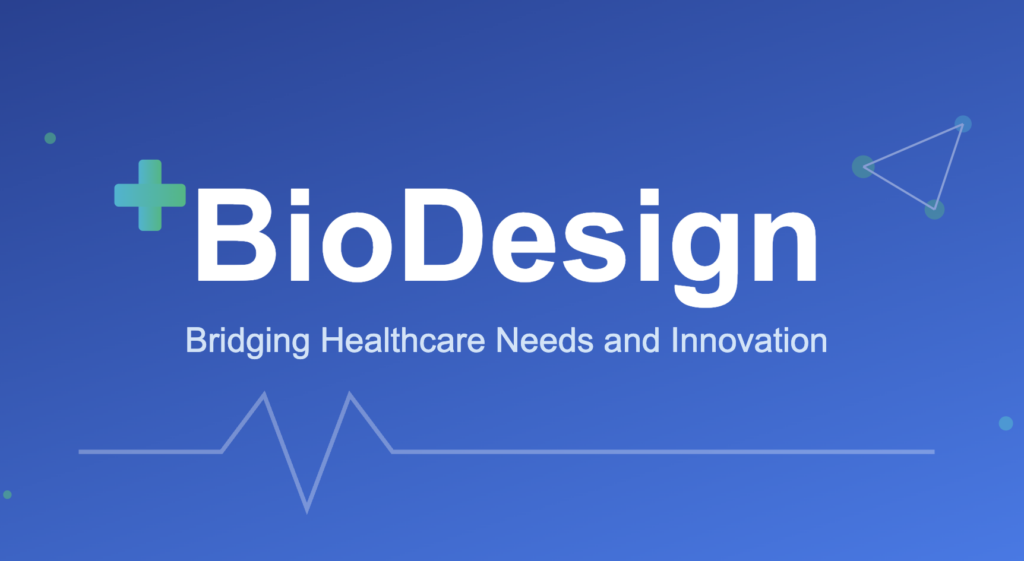
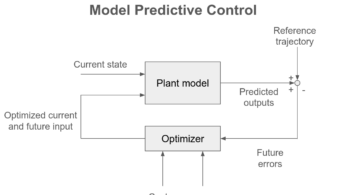 2025/10/24
2025/10/24 2025/10/03
2025/10/03 2025/08/30
2025/08/30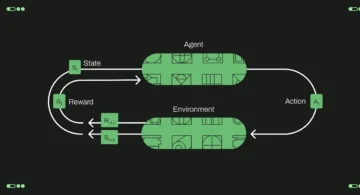 2025/08/22
2025/08/22 2025/08/08
2025/08/08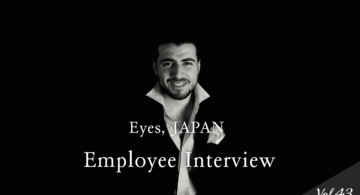 2025/07/31
2025/07/31 2025/07/04
2025/07/04